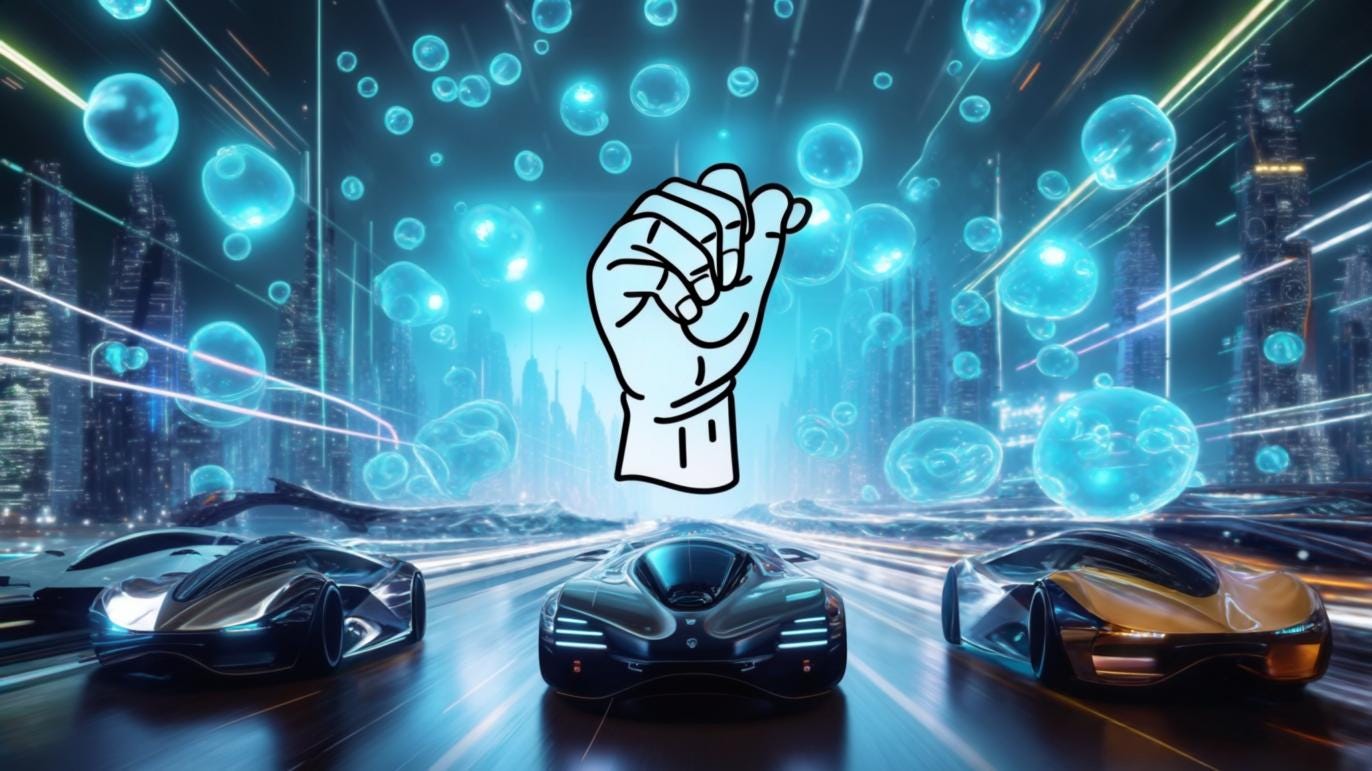From Models to Agents: How Manus Rewrites the AI Competition
Autonomous AI agents build upon foundation models to maintain objectives across interactions, a leap forward that moves value from model capability to orchestration effectiveness
The Agent Revolution
While headlines focus on increasingly powerful language learning models, a more consequential transformation is unfolding: the rise of AI agents.
Last week's launch of Manus—an agent system built atop existing foundation models (i.e. Claude Sonnet 3.5 for execution and Qwen for planning)—signals a fundamental shift from AI systems that respond to prompts to those that pursue objectives autonomously. That a system some consider the first glimpse of AGI emerges not from Silicon Valley but from China, has complicated the standard narratives about AI competition and added a new wrinkle to the framing of the geopolitical struggle to dominate this sector.
We have become so accustomed to the drumbeat of incremental improvements in raw model capabilities that it is easy to tune out yet another announcement. But it would be risky to ignore or downplay the implications of Manus because it has the potential to reshape competitive dynamics across the technology landscape.
Manus a…
Keep reading with a 7-day free trial
Subscribe to Decoding Discontinuity to keep reading this post and get 7 days of free access to the full post archives.


